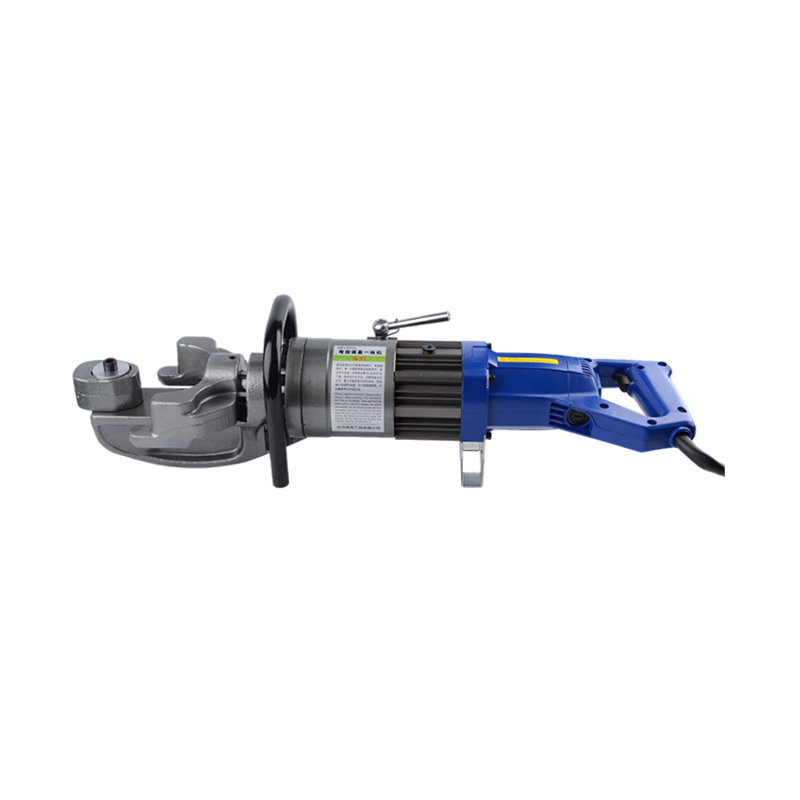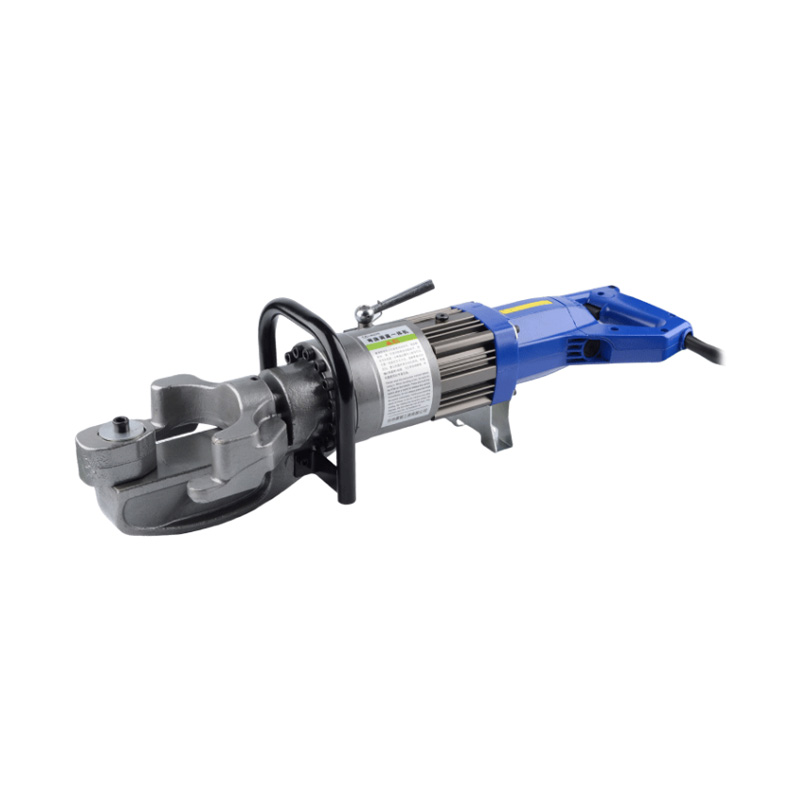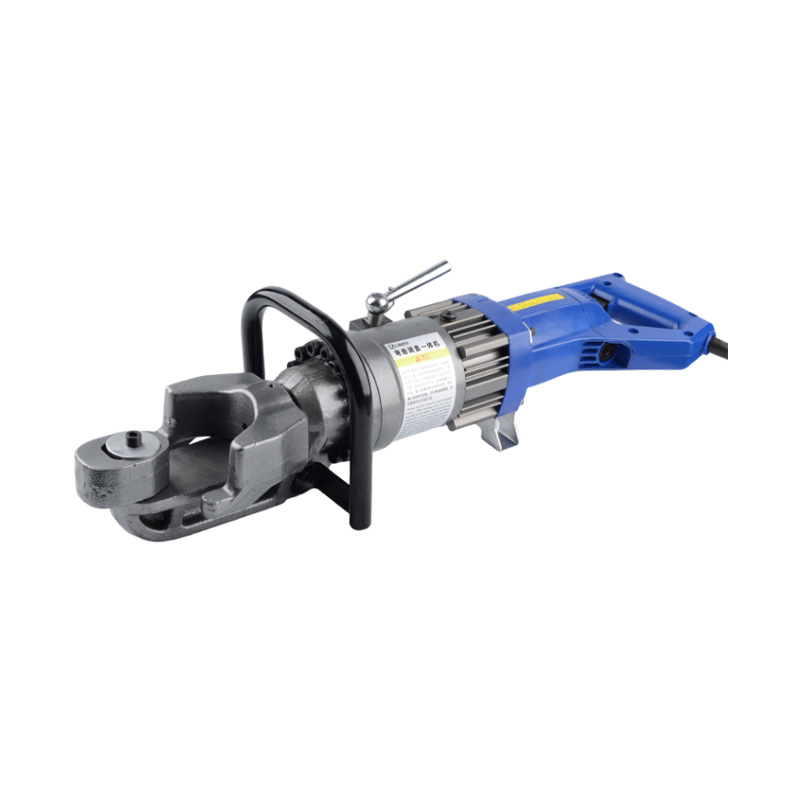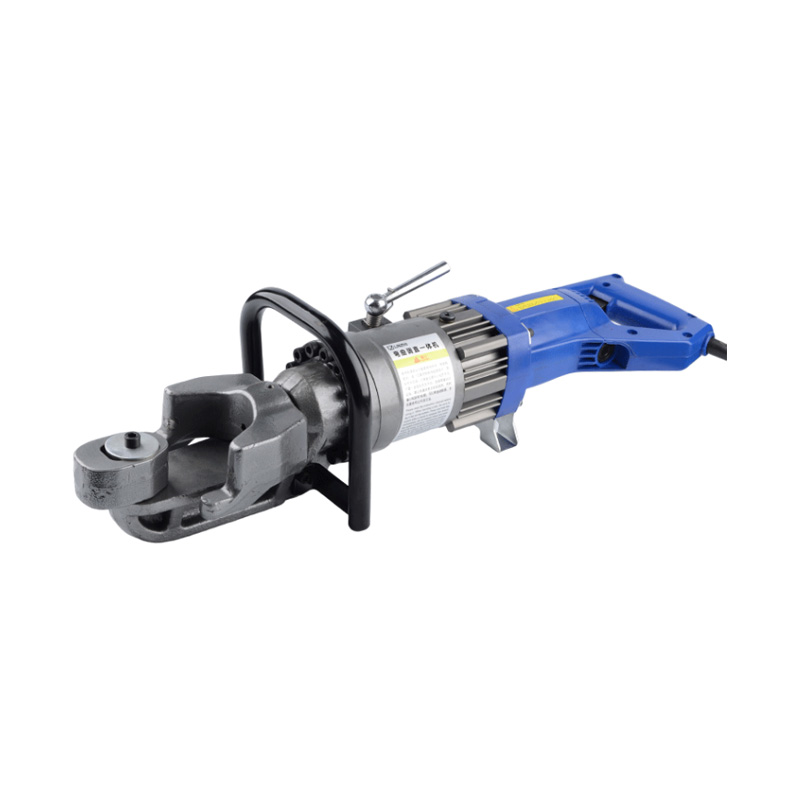Across the broad spectrum of industrial machinery and mobile equipment, the consistent and reliable transfer of power is a fundamental requirement. At the heart of countless systems performing this essential task is the hydraulic pump, a component that converts mechanical energy into hydraulic energy, creating the flow of fluid necessary to generate motion and force. The operational principle of the hydraulic pump is based on creating a vacuum at the pump inlet, allowing atmospheric pressure to force liquid from the reservoir into the pump, which then mechanically pushes this fluid into the hydraulic system. This process is the cornerstone of hydraulic power, enabling the operation of complex and demanding machinery.
The importance of the hydraulic pump cannot be overstated, as it serves as the very source of power for the entire hydraulic circuit. Without the flow generated by the hydraulic pump, no work can be performed by cylinders, motors, or other actuators downstream. The performance characteristics of a hydraulic pump, including its flow rate and pressure capacity, directly determine the capabilities of the system it powers. Different designs of hydraulic pumps, such as gear, vane, and piston types, offer a range of performance profiles to suit various applications. Each type represents a different approach to the same core function: the efficient and dependable displacement of hydraulic fluid.
The application of hydraulic pumps is remarkably diverse, underscoring their versatility and critical role in multiple sectors. In the realm of construction, a robust hydraulic pump is what enables an excavator to dig, a bulldozer to push heavy loads, and a crane to lift massive objects. Manufacturing facilities rely on hydraulic pumps to power presses, injection molding machines, and other automated equipment. The agricultural industry utilizes these pumps in tractors and combines for functions like lifting implements and steering. Even in the realm of automotive repair, the hydraulic pump is the key component in a floor jack or a press.
The design and manufacturing of a hydraulic pump involve significant engineering to achieve efficiency and longevity. Key considerations include the ability to maintain performance under substantial pressure, resistance to internal wear, and overall operational efficiency. Materials used in construction, such as high-strength alloys for internal components, are selected for their durability and compatibility with hydraulic fluids. Modern advancements focus on improving the efficiency of the hydraulic pump, reducing noise levels during operation, and enhancing its power density, allowing for more compact designs that do not sacrifice performance.
Looking forward, the future of the hydraulic pump is closely linked to broader industrial trends, particularly the emphasis on energy efficiency and smarter system integration. Innovations in pump design, such as variable displacement technology, allow the hydraulic pump to adjust its output precisely to the demand of the moment, reducing energy consumption and heat generation. The integration of electronic controls with the hydraulic pump is also a growing area, enabling more precise management of hydraulic systems and facilitating their role in increasingly automated industrial environments. As a foundational technology, the hydraulic pump will continue to be a vital component, evolving to meet the changing needs of power transmission across global industries.
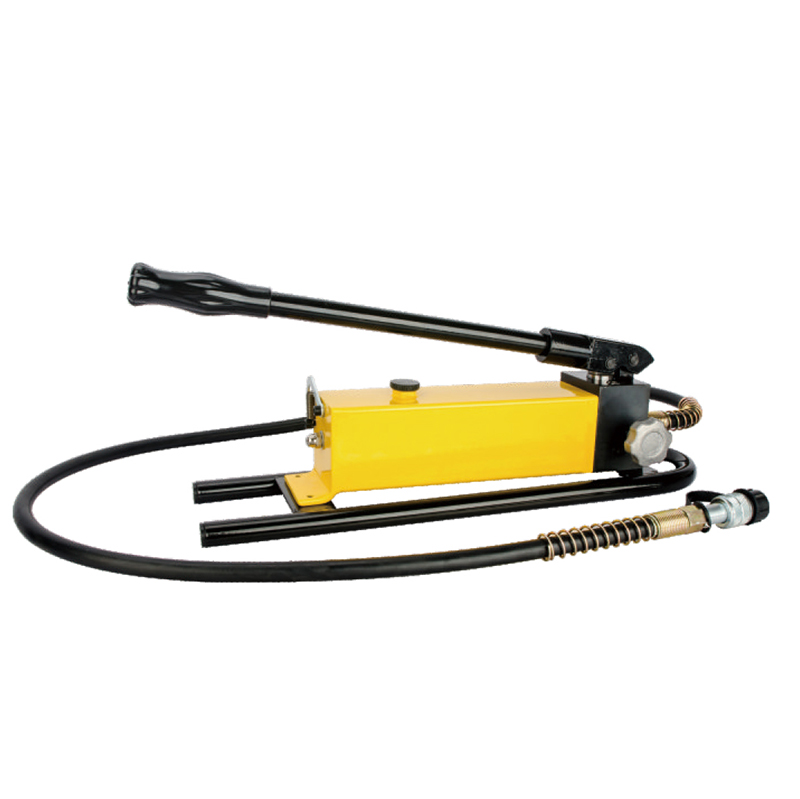

 English
English 中文简体
中文简体 русский
русский GET A QUOTE
GET A QUOTE

